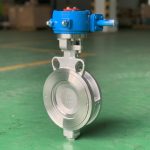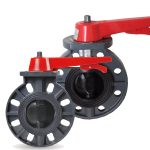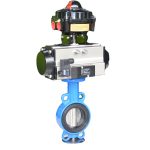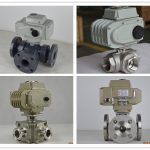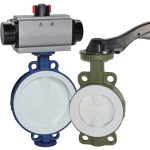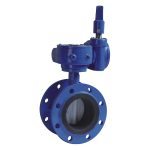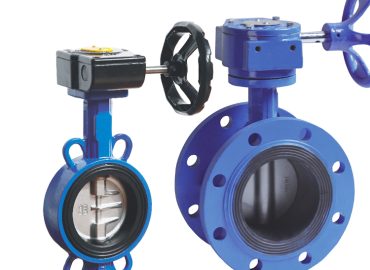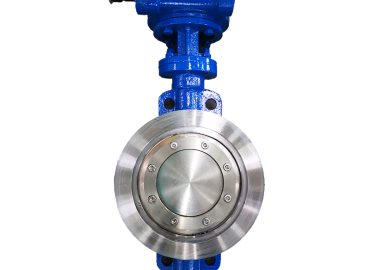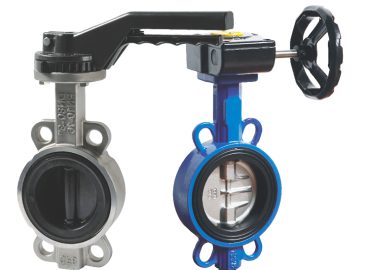Lug butterfly valves are essential components in various industrial processes, particularly those that involve regulating or isolating fluid flow. Proper maintenance of these valves is crucial to ensure smooth and uninterrupted operations. Failure to maintain lug butterfly valves can lead to extensive damage, costly repairs, and even safety hazards. In this blog post, we’ll outline some of the considerations that should be taken into account when maintaining lug butterfly valves, as well as provide some helpful guidelines to ensure these valves remain in good working condition.
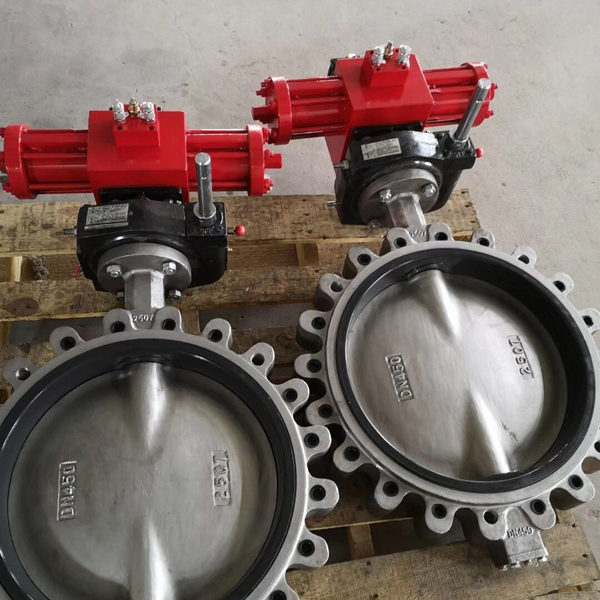
Introduction
When it comes to maintaining lug butterfly valves, several factors should be taken into account to ensure optimal performance and prolong their lifespan. Valve size, material, components, and application requirements all play a crucial role in maintenance. Regular inspection, lubrication, and cleaning are necessary to keep the valve functioning correctly. And, if any components become worn-out or damaged, replacing them promptly is essential to prevent further harm. Proper maintenance of lug butterfly valves can help prevent catastrophic failures, avoid unnecessary downtime, and save money in the long run.
Definition of Lug Butterfly Valves
Lug style butterfly valve are quarter-turn valves used to control flow in pipelines carrying fluids such as water, chemicals, and gases. They consist of a round disc or vane with a central stem held in place by two lugs or tabs attached to the valve body. The disc is positioned in the path of the fluid and rotates on its axis when the valve is opened or closed. Butterfly valve are typically lightweight, compact, and easy to install, making them an ideal choice for applications that require a high flow rate with minimum space requirements.
Importance of Maintenance
Maintaining lug butterfly valves is of utmost importance to ensure efficient and safe operation. Regular maintenance can help prevent failures caused by wear and tear, corrosion, and clogging. Lubricating the valve’s moving parts can prevent corrosion and prolong the valve’s life. Frequent inspection can also help identify potential issues before they become problematic. Failure to maintain lug butterfly valves can lead to severe damage to the valve body, gasket seals, or other components, resulting in costly repairs, prolonged downtime, or worse, the impairment of the entire system. Proactive valve maintenance can help prevent and address any potential issues and help ensure safe and effective valve operation.

Factors to Consider When Maintaining Lug Butterfly Valves
There are several crucial factors to consider when maintaining lug butterfly valves. One of the essential factors to consider is the valve size. Both the valve size and its flow capacity should complement the system where the valve is in use. A valve that is too small may cause fluid turbulence or high pressure differences across the valve, which could cause excessive wear, while a large valve may cause inoperability issues. The valve material is another factor that should be considered. Butterfly valves are typically available in a wide range of materials, including stainless steel, cast iron, PVC, and other materials that can withstand high-pressure and temperature levels. The choice of material is usually dependent on the system’s application and environmental factors, such as chemical resistance, temperature, and pressure.
Another factor to consider is the valve’s components, including the disc, stem, lug, and gasket seals. Each of these components plays a critical role in the valve’s operation, and any issue with one of these components can lead to severe valve problems. Thus, regular inspection of these parts should be carried out to ensure they are in good working order. Lastly, the valve application should also be taken into account when maintaining lug butterfly valves. Factors such as the valve’s frequency of use and the fluid being transported can affect valve integrity. For example, valves located in high-velocity portions of pipelines may experience more wear and require more frequent maintenance. As such, it is crucial to consider the valve’s application when creating a maintenance schedule.
Valve Size
The size of a lug type butterfly valve plays a crucial role in its performance and maintenance. When selecting a valve size, it is essential to consider the flow rate requirements of the system in which the valve will be installed. A valve that is too small relative to the system’s flow rate can cause pressure problems, resulting in premature wear and tear or poor performance. On the other hand, a valve that is too large can cause flow issues, which can lead to turbulence and impact the valve’s overall service life. In addition to selecting the appropriate valve size initially, regular inspection and maintenance of the valve’s components can help prevent potential issues resulting from wear in the valve’s components. Ultimately, by taking valve size into account when creating a maintenance plan, you can ensure that your lug butterfly valve will function at its best capacity for an extended period.
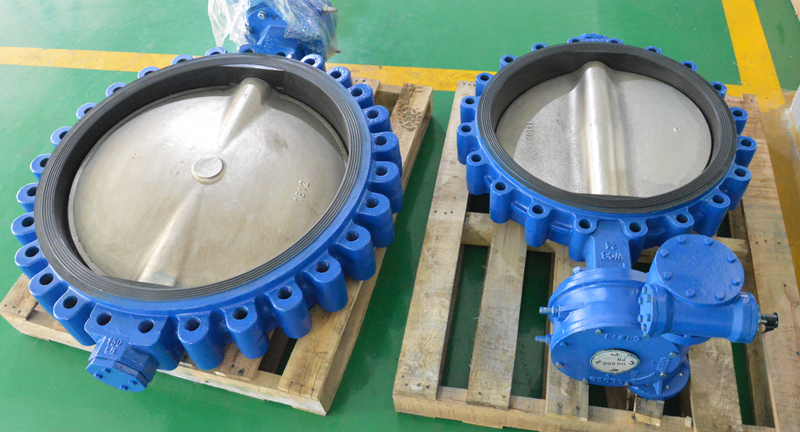
Valve Material
Choosing the appropriate material for silicone lug butterfly valves is critical to ensure efficient valve operation and longevity. The valve’s material should be determined based on the system’s pressure, temperature range, and fluid being transported. With several materials available, including PVC, stainless steel, carbon steel, and others, it’s essential to select a material best suited to the specific application. PVC is usually used for low-pressure and low-temperature applications and is ideal for corrosive material transport. Stainless steel is commonly used for high-pressure and high-temperature applications, providing excellent durability and resistance to corrosion. Carbon steel is another popular material used for high-temperature and high-pressure environments. However, it is not ideal for corrosive materials. By selecting the appropriate valve material, you can significantly reduce the risk of corrosion, leaks, and other valve damages that can affect the entire system. Proper maintenance of the valve material can help to increase the valve’s service life, longevity, and overall performance, ultimately ensuring the smooth operation of the system.
Valve Components
Lug butterfly valves consist of several key components, and each of them plays a critical role in the valve’s efficient operation. Regular, diligent maintenance of these components is vital to prevent downtime or costly component replacement. The disc is the flexible, circular component that blocks the flow of fluids, and it needs to be checked for wear, damage, or warping, which may impair its effectiveness. The stem or shaft connects the disc to the valve’s handle, and it needs to be free of debris, clean, and lubricated. Clean lug tabs are also essential for valve alignment and effective operation. Additionally, valve gasket seals ensure a tight seal and prevent fluid leaks. These should be checked for damage, wear, and gasket erosion during maintenance checks. When these valve components fail, valve failure is more likely, leading to downtime for the entire system. By engaging in regular maintenance of these components, you can help ensure a longer service life for your lug butterfly valve and avoid costly repair or replacement expenses.
Valve Application
The valve application is an important factor to consider when maintaining lug butterfly valves. The valve’s frequency of use, system’s temperature, and the fluid being transported can all affect the valve’s integrity and service life. For example, valves located in areas of high fluid velocity can experience more wear and may require more frequent maintenance. High-temperature environments can cause the valve’s components to expand or warp, while the fluids being transported can affect the valve’s material or cause erosion. Additionally, some valves may require more frequent maintenance due to their increased use or their location in critical parts of the system. To ensure an efficient and safe valve operation, a maintenance schedule should be developed based on the valve’s application to reduce the risk of valve failure, system downtime or hazards. A properly maintained valve can operate more efficiently, extending its service life and ultimately ensuring the system’s long-term, safe operation.
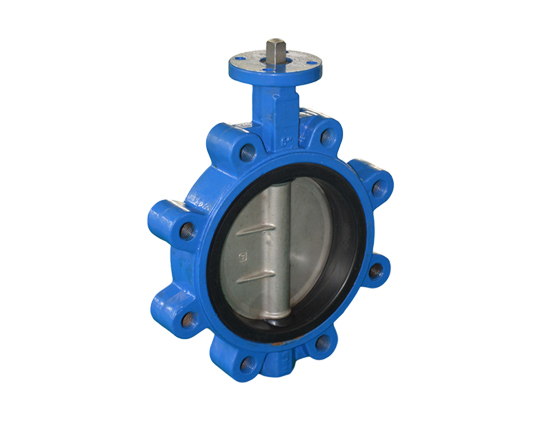
Step-by-Step Guidelines for Maintenance
To maintain the efficient performance of lug type butterfly valve, it is essential to follow a maintenance plan that involves regular inspection, lubrication, and cleaning. Here are some step-by-step guidelines that you can follow to keep your valve in excellent working condition:
First, perform a visual inspection of the valve to check for leaks, corrosion, or visible damage. Ensure that the valve components, including the disc, stem, and lug, are free from dirt or debris that may cause clogs or impair the valve’s operation. Second, lubricate the valve’s moving parts, including the stem, to ensure smooth functioning. This process crucially involves ensuring the correct lubrication is being used, since an incorrect lubricant may erode rubber components or impact valve operation.
Third, clean the valve using a non-abrasive cleaner that is safe for the valve’s material. Remove any debris build-up or corrosion that may impact valve function. Valves that have not been inspected regularly may require more in-depth cleaning, so extra attention should be paid to these components. Fourth, replace any worn or damaged components. If the valve’s components are old, have signs of cracks, wear, or other issues, it’s likely time for the component to be replaced.
Fifth, upon assembly of your valve, test it before returning it to service. To test the valve, ensure that it fully opens and closes and take a pressure reading to ensure that it does not leak or lose pressure before considering it operational. Overall, regularly carrying out these valve maintenance procedures can prolong the service life of lug butterfly valves, minimize the possibility of failures in full service that could cause downtime, and ensure optimal performance.
Regular Inspection
Regular inspection is critical in maintaining lug butterfly valves. A visual inspection of the valve should be carried out periodically to look for any damage, leaks, or other issues that may affect the valve’s operation. During inspections, the valve’s components, including the disc, stem, lug, and gasket seals, should be checked for signs of wear or damage. Any dust or particles that may have settled on the valve should be cleaned away during this process. In some cases, more in-depth inspections may be required, which could involve a more detailed examination using non-destructive technologies, such as ultrasonic testing, X-ray imaging, or magnetic particle inspection. Regular inspection can help identify potential issues before they become costly, and thus lead to increased valve life and operational efficiency.
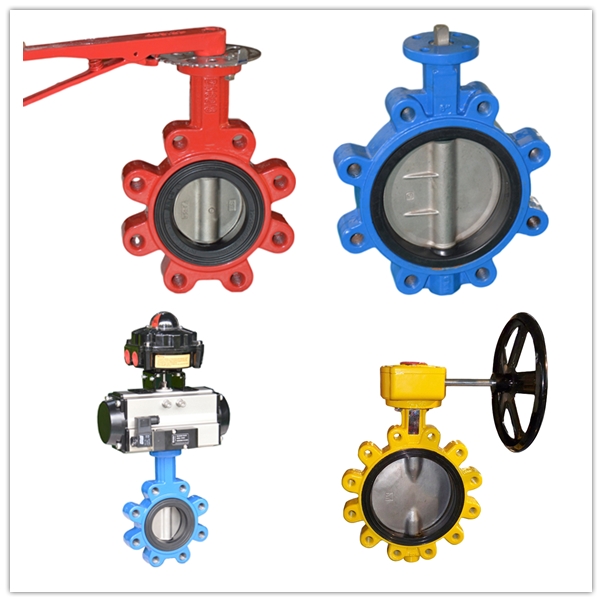
Lubrication and Cleaning
Lubrication and cleaning are essential to maintain the efficient operation of lug butterfly valves. Lubrication can prevent friction and wear on the valve components by ensuring that there is less contact between the components. During maintenance, any worn or damaged valve components should be replaced before applying lubrication. The type of lubricant used should also match the valve’s material and environmental requirements to ensure maximum protection. Cleaning valve components is also crucial and serves to remove any dirt buildup or debris that may clog up the valve, impacting its operation. Valve components can be cleaned using a non-abrasive cleaner that will not damage the valve’s material. Regular cleaning and lubrication of the valve components can help ensure efficient and smooth valve operation, minimize potential downtime or inefficiencies that might be caused by valve failure.
Replacement of Worn-out Parts
Replacement of worn-out parts is essential in maintaining the long-term performance of lug butterfly valves. Over time, wear and tear can cause valve components to erode or crack, affecting the valve’s service life and functionality. Replacing these worn-out components can prevent system impacts that might arise from catastrophic valve failures. It’s important to determine the cause of the wear or damage to ensure proactive measures are taken to avoid similar issues in the future. During component replacement, it is also imperative to ensure that the replacements are of equal or better quality than the original components to avoid further damage or problems. Regular component inspection can help identify possible issues in advance, allowing replacement to be done before a major problem develops. Ultimately, replacing worn-out parts is just as important as other maintenance checks and helps to ensure the valve’s optimal performance, protecting the entire system’s integrity.
Conclusion
In conclusion, lug butterfly valves are essential components of industrial systems, regulating the flow rates of various fluids. Proper maintenance of these valves is critical in ensuring their efficient and smooth operation while preventing potential leaks and environmental hazards. When creating a maintenance plan, several important considerations should be taken, such as the valve size, components, material, and application, to ensure optimal valve performance for a long period. Regular inspection, cleaning, and lubrication of the valve’s components are essential in preventing system failures, downtime, or catastrophic valve failures. The timely replacement of worn-out components is also a critical component of an effective valve maintenance program since doing so reduces the risk of component failure and its associated damage to the entire system.
Overall, regular valve maintenance is essential for the long-term, safe operation of industrial systems. By following the recommended procedures for valve inspection, cleaning, and replacement, you can prevent downtime, extend the valve’s operating lifespan, and ensure the efficient functioning of the system. Finally, it’s critical to be aware of the safety precautions necessary while maintaining the valves, such as ensuring the isolation of the valve from the system, the proper handling of its components, and safety gear requirements. Regular valve maintenance and safety checks are investments in the safety and efficiency of your entire industrial system. Your lug butterfly valves, and your business, will benefit from a defined maintenance strategy, minimizing the risks associated with valve failures and potentially catastrophic consequences.
Recap of Important Points
A lug butterfly valve is a critical component of an industrial system and must be properly maintained to ensure its efficient operation and prevent leaks. When creating a maintenance plan, several important considerations should be taken into account such as the valve size, material, components, and application. Regular inspection, lubrication, and cleaning are essential for optimal performance while timely replacement of worn-out parts helps reduce the risks associated with component failure. Moreover, safety protocols must be followed when inspecting or working on these valves to avoid potential hazards. In short, regular maintenance is necessary for the long-term health of your valves and industrial system.
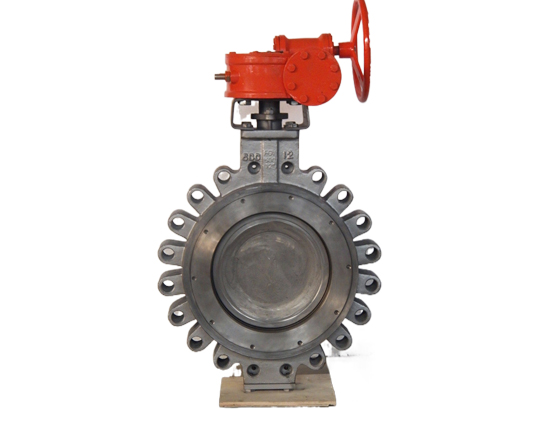
Emphasis on Regular Maintenance
Regular maintenance is essential to ensure the proper functioning of lug butterfly valves and industrial systems. Without regular inspections, lubrication, and cleaning, the valve can become inefficient and prone to leakage. Additionally, timely replacement of worn-out components is critical in preventing system failures and potential disasters due to component failure. By maintaining a routine inspection and maintenance program for your valves, you can reduce downtime, extend the valve’s lifespan, and protect your system from potentially catastrophic consequences. Therefore, it’s important to emphasize the importance of regular maintenance when it comes to incorporating lug butterfly valves into an industrial system.
Final Thoughts
When it comes to industrial systems, lug butterfly valves are critical components that need to be regularly inspected and maintained for optimal performance. Ensuring proper maintenance of these valves requires careful consideration of the valve size, material, components, and application. Furthermore, regular inspection, lubrication, and cleaning should be conducted as well as timely replacement of worn-out parts. Finally, safety protocols must be followed when inspecting or working on these valves to avoid potential hazards. By following these steps and emphasizing the importance of regular maintenance for lug butterfly valves, you can extend its lifespan and ensure greater safety in your industrial system.


